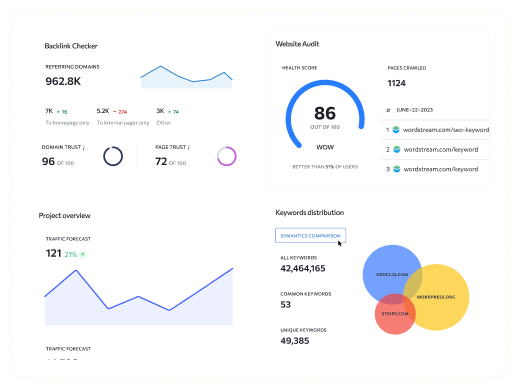In the ever-evolving world of software as a service (SaaS), tracking the right metrics and key performance indicators (KPIs) is crucial for success. These metrics provide insights into the health and performance of your business, guiding strategic decisions and helping you stay competitive in the market. Here are the top 10 B2B SaaS metrics and KPIs that every software company should track:
Monthly Recurring Revenue (MRR):
MRR is the predictable revenue generated from subscriptions on a monthly basis. It gives a clear picture of your business’s revenue trajectory and helps in forecasting future growth.
Customer Acquisition Cost (CAC):
CAC measures the cost incurred to acquire a new customer. It includes marketing, sales, and any other expenses related to acquiring customers. Keeping CAC in check ensures that your customer acquisition efforts are efficient and cost-effective.
Churn Rate:
The churn rate reflects the percentage of customers who cancel their subscriptions within a specific period. High churn can indicate issues with customer satisfaction or product-market fit, highlighting areas for improvement.
Customer Lifetime Value (CLTV):
CLTV represents the total revenue a customer is expected to generate throughout their relationship with your company. It helps in determining the long-term value of acquiring and retaining customers.
Customer Retention Rate:
This metric measures the percentage of customers retained over a given period. A high retention rate indicates customer satisfaction and loyalty, contributing to sustainable revenue growth.
Gross Margin:
Gross margin calculates the percentage of revenue that exceeds the cost of goods sold (COGS). It provides insights into your business’s profitability and efficiency in delivering your SaaS product.
Average Revenue Per User (ARPU):
ARPU measures the average revenue generated per user or customer. It helps in understanding the revenue potential of each customer segment and optimizing pricing strategies accordingly.
Lead-to-Customer Conversion Rate:
This metric tracks the percentage of leads that convert into paying customers. Improving conversion rates ensures that your sales and marketing efforts are effectively nurturing leads through the sales funnel.
Free Trial Conversion Rate:
For SaaS companies offering free trials, this metric measures the percentage of trial users who convert into paid customers. It reflects the effectiveness of your product’s trial experience and onboarding process.
Active Users:
Active users represent the number of customers who regularly engage with your SaaS product within a specific time frame. Monitoring active user trends helps in assessing product adoption and user satisfaction.
FAQs
Q1. Why are these metrics important for B2B SaaS companies?
These metrics provide valuable insights into various aspects of your business, such as revenue generation, customer acquisition, retention, and profitability. Tracking them helps in making informed decisions and optimizing strategies for sustainable growth.
Q2. How often should these metrics be monitored?
The frequency of monitoring depends on the specific needs and stage of your business. However, it’s recommended to track these metrics regularly, whether it’s on a monthly, quarterly, or annual basis, to stay proactive in managing your SaaS business.
Q3. What tools can I use to track these metrics?
There are several analytics and business intelligence tools available that can help you track and analyze these metrics effectively. Some popular options include Google Analytics, Mixpanel, Kissmetrics, and HubSpot.
Q4. What are some common challenges in measuring these metrics?
Challenges may arise due to data accuracy, integration of different systems, and defining consistent metrics across teams. It’s essential to establish clear measurement processes and ensure data integrity to overcome these challenges.
Q5. How can I use these metrics to improve my SaaS business?
By regularly monitoring these metrics and analyzing trends, you can identify areas for improvement and implement targeted strategies to optimize performance. Whether it’s reducing churn, improving conversion rates, or increasing ARPU, these metrics serve as guiding principles for driving business growth and success in the competitive SaaS landscape.





